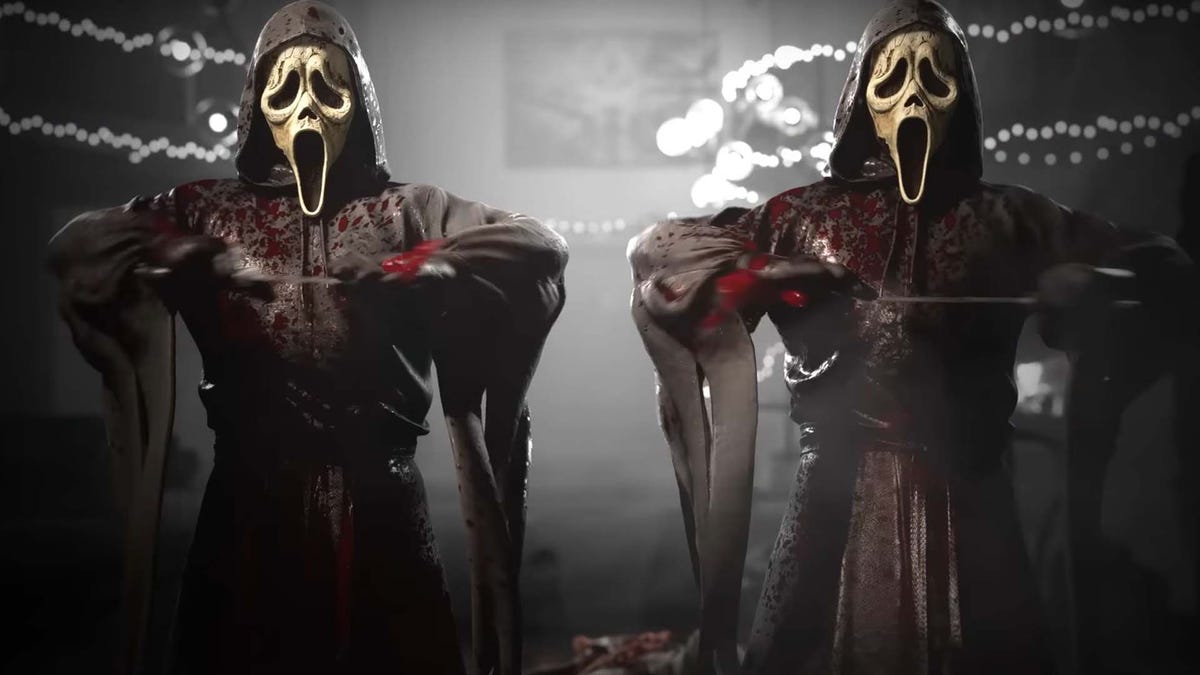Dungeons & Dragons latest campaign Spelljammer: Adventures in Space, was hailed by critics as a return to the game’s light-hearted and satirical roots. But now that the content has been circulating for a few weeks, fans are pointing out something else: a character background rooted in racial archetypes. The problem has plagued D&D since its inception, and it’s returned to taint an otherwise exceptional release.
The offending passage in question is from Astral Adventurer’s Guidewhich effectively serves as Player’s manual of the three-volume sorry for spelling set to. On page 13, the book introduces the Hadozee, a space-faring mammal that looks like a primate.
“The first Hadozees were shy mammals,” the passage begins, “no larger than domestic cats. Hunted by larger natural predators, the Hadozees flew to the trees and evolved wing-like flaps that allowed them to glide from branch to branch.” From there, it tells the story of a wizard who captured and effectively enslaved these creatures intending to sell them “to the highest bidder”. Eventually, the sorcerer’s apprentices befriended these Hadozee and set them free.
Fans on social media have pointed out the parallels to the black experience and the history of slavery in the United States and abroad — including the setting’s reliance on antiquated sailing ships, the same types of ships that brought enslaved people to North America in the first place. Critics have also found images in the book reminiscent of racist minstrel shows. Amidst this controversy, some have dug even deeper into the archives of D&D’s original publisher, TSR. Wizards of the Coast bought this company in the 1990s. In these archives, stuff really out of jointwith additional background information about the Hadozee that invokes many other racial stereotypes about black people.
Wizards is fully aware of this problematic back catalogue. Therefore it contains a Content Warning on these materials DriveThruRPG and the Guild of Dungeon Masters
We (Wizards) acknowledge that some of the older content available on this site does not reflect the current values of the Dungeons & Dragons franchise. Some older content may reflect ethnic, racial, and gender biases that were commonplace in American society at the time. These representations were wrong then and are wrong today. This content is presented as originally created, otherwise it would be tantamount to claiming that this prejudice never existed. Dungeons & Dragons teaches that diversity is a strength, and we strive to make our D&D products as welcoming and inclusive as possible. This part of our work will never end.
Wizards recently reaffirmed its commitment to inclusion. During the 2020 Black Lives Matter protests, Wizards took a strong stand against racism and the role the company played in promoting it. It promised to make it for fans of D&D and better Magic the Gathering. It transformed several fifth edition D&D books and stood by author RA Salvatore as he expanded the cultural footprint of the drow, the black-skinned race of elves that includes the hero Drizzt Do’Urden. It was also published Travel through the radiant citadel, an anthology of adventures written exclusively by black and brown authors. Its creator, Ajit George, won the coveted Diana Jones Award at this year’s Gen Con.
After these progressive actions, many fans, as well as other tabletop game designershave been vocal in their criticism of Wizards’ decision to reintroduce the Hadozee in this way.
This all begs the question of why the Hadozee were even included in this new book. They weren’t part of the original environment, but instead were introduced in an even earlier game called star bordersfirst published in 1982. Wizards is currently embroiled in a legal battle with another publisher trying to restart star borders without the permission of Wizards. That lawsuit is expected to go to trial in October this year.
Polygon reached out to Wizards ahead of the release, and the organization declined to comment on the situation.








